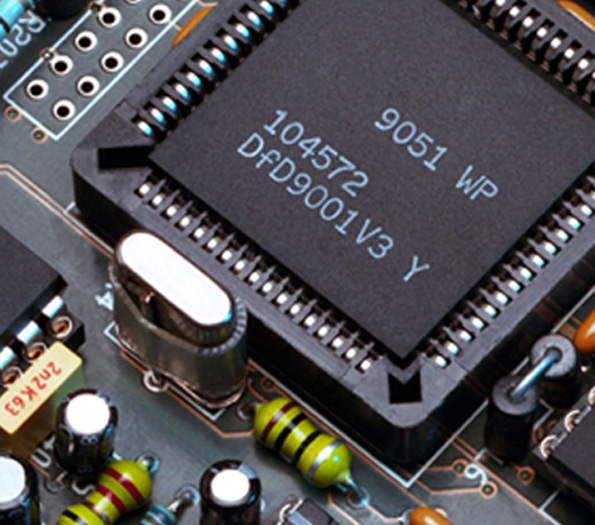

Different Types of Low-E Glass An Insight into Energy Efficiency
Low-emissivity (low-E) glass is a specialized type of glass designed to minimize the amount of infrared and ultraviolet light that passes through it without compromising visible light. A crucial component in energy-efficient buildings, low-E glass is characterized by a microscopically thin coating that reflects heat back into the home during winter and keeps it out during summer. This article explores the different types of low-E glass and their applications in modern architecture.
1. Types of Low-E Glass
Low-E glass can be classified into two primary types based on the application of their coatings—hard coat and soft coat
.- Hard Coat Low-E Glass This type of glass is produced by applying a layer of metal oxide during the glass manufacturing process. The coating is bonded to the glass while it is still hot, making it highly durable and scratch-resistant. Hard coat low-E glass is ideal for regions with cold climates where it reflects heat back into the room. It allows a substantial amount of visible light to enter, making it excellent for residential and commercial buildings that require daylighting without compromising energy efficiency.
- Soft Coat Low-E Glass In contrast, soft coat low-E glass is coated with a thin layer of silver or other metals deposited in a vacuum chamber. This process is done at lower temperatures, allowing for a more effective thermal barrier. Soft coat low-E glass provides superior energy efficiency by reflecting more infrared light, thus reducing heat loss significantly. It is particularly beneficial in warmer climates or for buildings that experience significant temperature fluctuations. However, it is less durable than hard coat low-E glass and requires careful handling and installation.
2. Performance Characteristics
Low-E glass enhances energy efficiency through its unique reflective properties. The performance of low-E glass is typically measured by its U-factor and Solar Heat Gain Coefficient (SHGC).

- U-Factor This metric measures the rate of heat transfer and indicates insulation effectiveness. Lower U-factors show better insulation performance. Low-E glass generally offers lower U-factors than standard glass, thereby reducing heating and cooling costs.
- Solar Heat Gain Coefficient (SHGC) SHGC measures how much solar heat passes through the glass. A lower SHGC indicates less heat is transmitted inside, making low-E glass an excellent option for maintaining comfortable indoor temperatures during the summer months.
3. Applications in Architecture
Low-E glass plays a pivotal role in various architectural designs, from residential to commercial spaces. For residential buildings, it contributes to energy savings by enhancing comfort and reducing reliance on heating and cooling systems. In commercial properties, low-E glass is often used in large facades and windows, maximizing natural light while minimizing temperature fluctuations. Furthermore, its aesthetic versatility allows it to blend seamlessly with different architectural styles, enhancing both functionality and aesthetics.
4. Environmental Benefits
The use of low-E glass is increasingly recognized as an essential strategy in sustainable architecture. By significantly reducing energy consumption for heating and cooling, low-E glass installations contribute to decreased carbon emissions. Furthermore, the production of energy-efficient buildings aligns with global efforts to combat climate change and promote sustainability.
Conclusion
In conclusion, low-E glass represents a significant advancement in energy efficiency for buildings. By understanding the differences between hard coat and soft coat low-E glass, architects and builders can make informed decisions to optimize both comfort and energy performance in their designs. As we strive for a more sustainable future, the integration of low-E glass will undoubtedly play a critical role in reducing energy consumption and enhancing the livability of our built environments.